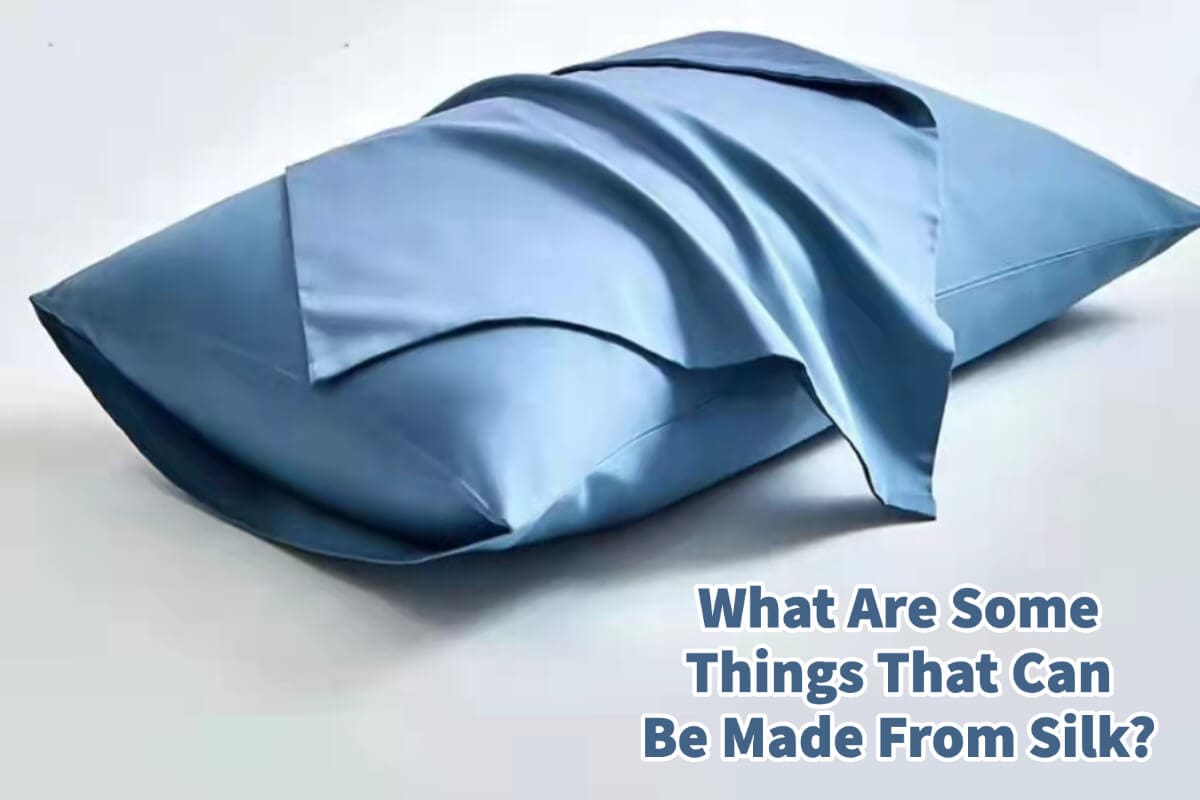Silk is an ancient fabric that has been around for thousands of years. Silk fabric can be used for various products.
Silk has long been used in the fashion industry for everything from silk garments to silk underwear. Silk has also been used for home decor, from silk pillows to silk curtains and comforters. At one time, silk was used for parachutes and gunpowder bags. Today silk is being used on tubular bike tires.
Table of Contents
- Exploring the Versatility of Silk: A World of Possibilities
- Silk Unveiled: The Timeless Elegance and Superiority of a Classic Fabric
- Frequently Asked Questions
- Related Content
Exploring the Versatility of Silk: A World of Possibilities
Silk, a luxurious and time-honored fabric, boasts a rich history that spans thousands of years. Renowned for its elegance and versatility, silk has found its way into an array of products beyond traditional fashion items.
While its presence in the fashion industry remains prominent, ranging from exquisite garments to delicate underwear, silk’s applications extend into home decor with items like plush pillows, elegant curtains, and sumptuous comforters.
Historically, its uses have been as diverse as parachutes and gunpowder bags, and in modern times, silk even plays a role in the manufacturing of high-performance tubular bike tires. This introduction celebrates the multifaceted nature of silk, highlighting its various uses across different industries and eras.
Silk Fabric And The Fashion Industry
When most people think about silk, they think about silk for the fashion or garment industry. This is because silk has long been a luxury fabric used for high-end production for style.
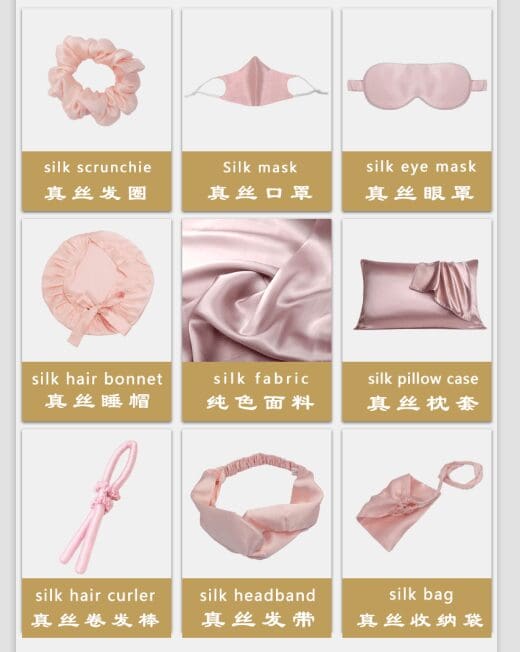
Here are some ways that silk is used in the fashion industry:
- Silk Shirts
- Silk Ties
- Silk Blouses
- Silk Dresses
- Silk Formalwear
- Lingerie
- Silk Robes
- Silk Pajamas
- Silk Kimonos or other traditional clothes
- Silk Suits
- Silk Jackets
- Silk Shoes and slippers
- Silk Eyeshades and sleep masks
- Silk Scarves and handkerchiefs
- Silk Bags, including shoulder bags, purses, and other bags
- Silk Hats and hair accessories
- Silk Underwear
These are all things we have seen or have sold in silk. Silk is a fabric that can be used to make any fashion item. Often, silk threads are used to embroider a design on a piece of silk garment; we call this silk-on-silk embroidery.
Silk Fabric And The Home Decor Industry
For a long time, silk has been used in the home decor industry and for decorating.
Here are some ways that silk is used in the home decor industry:
- Silk Pillows or cushions
- Silk Wall hangings (In Vietnam, they embroider silk for wall hangings)
- Silk Quilts and comforters.
- Silk Sheets, pillowcases, and comforters.
- Silk Lampshades and lamps
- Silk Tablecloths, table runners, and tableware
- Silk as upholstery fabric
- Silk Curtains
- Silk Blankets
- Silk Wallcoverings
- Silk Timmings, tassels, and other home decor accessories and trimmings
- Silk Jewelry and other boxes.
As you can see from this list, silk can be used in many ways in the home. There are many ways that silk fabric can be used for home decor or part of the home. For centuries, silk has been used as home decor.
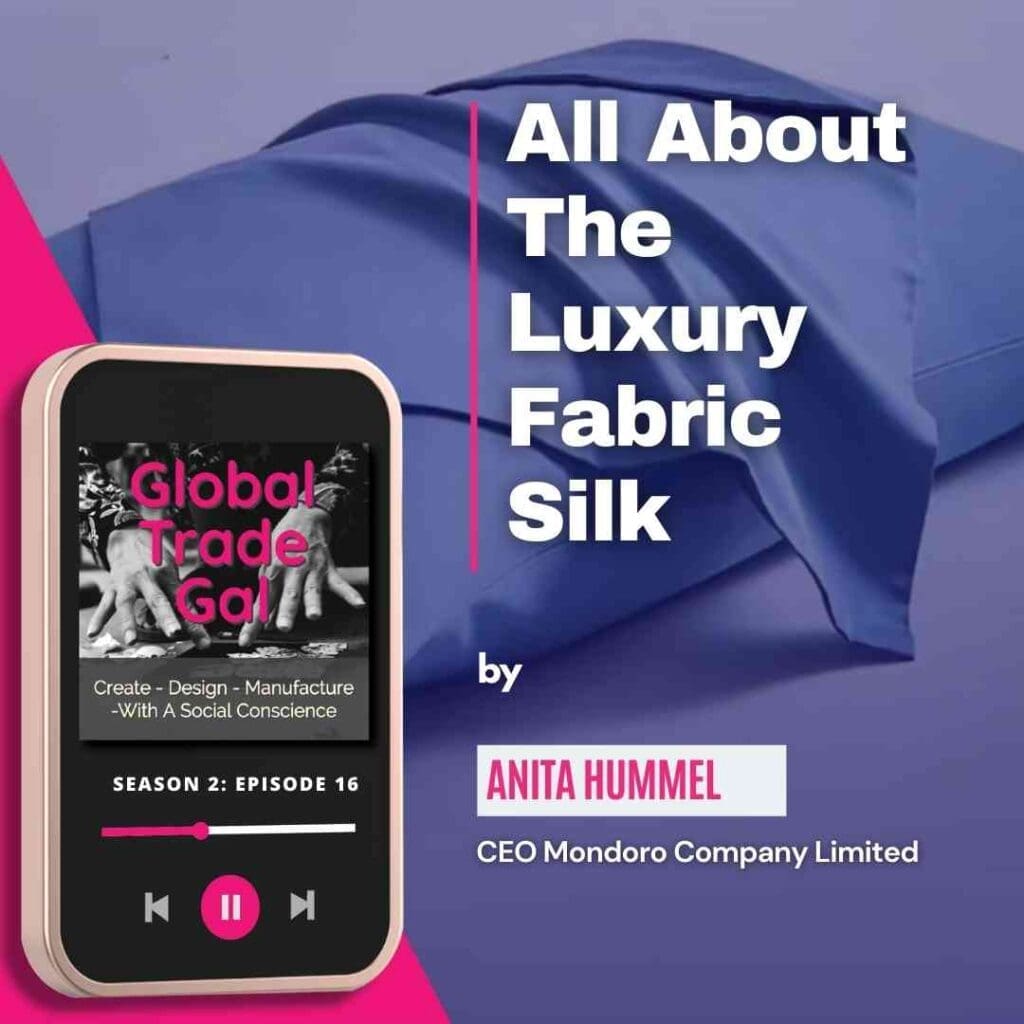
Listen To Our Podcast All About The Luxury Fabric Silk below or by clicking here.
Jim Thompson Silk – Surawong Road, Bangkok, Thailand

One of my favorite silk collections has long been the Jim Thompson silk collection in Bangkok, Thailand. Jim Thompson who, in 1947, found an enclave of Thai weavers who lived in a community called Ban Krua in the heart of Bangkok. He started to revive the silk industry as he sent his designs and unique weaves to some fashion houses in New York City.
By the 1950s, he had opened his first exclusive silk shop in Bangkok on Surawong Road. For many years under his unique eye and guidance, the shop thrived.
Sadly 1967, while on holiday to Cameron Highland in Malaysia, Jim Thompson mysteriously disappeared. His disappearance resulted in an extensive search party of over 400 men, but his body and remains have never been found and the mystery of his death and disappearance remains.
Today, when you think of silk for fashion and home decor, many think of Jim Thompson’s name. His legacy, designs, patterns, and great sense of color continue today as the hallmark of the Jim Thompson collection, known worldwide as a premier silk fashion house.
If you visit Bangkok, Thailand, you can see the leading Jim Thompson shop on Surawong Road. Jim Thompson also left a legacy with a Thai-style house filled with artifacts and antiques that you can also visit and find out more about him by clicking here. Next to the Jim Thompson House is also a Jim Thompson art center.
You can watch our YouTube video to learn more about Silk,
Other Interesting Uses of Silk
Besides these uses, silk has been or is now used in many different ways. Some of these are unique ways that silk has been used:
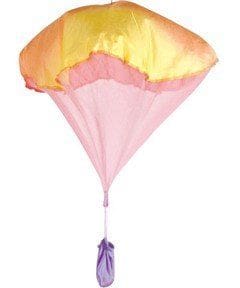
Silk Parachutes
As silk was considered so strong and versatile, it was used as a parachute fabric—the reason why silk was used was that it was deemed to be lightweight and robust. Today the most common material for parachutes is nylon.
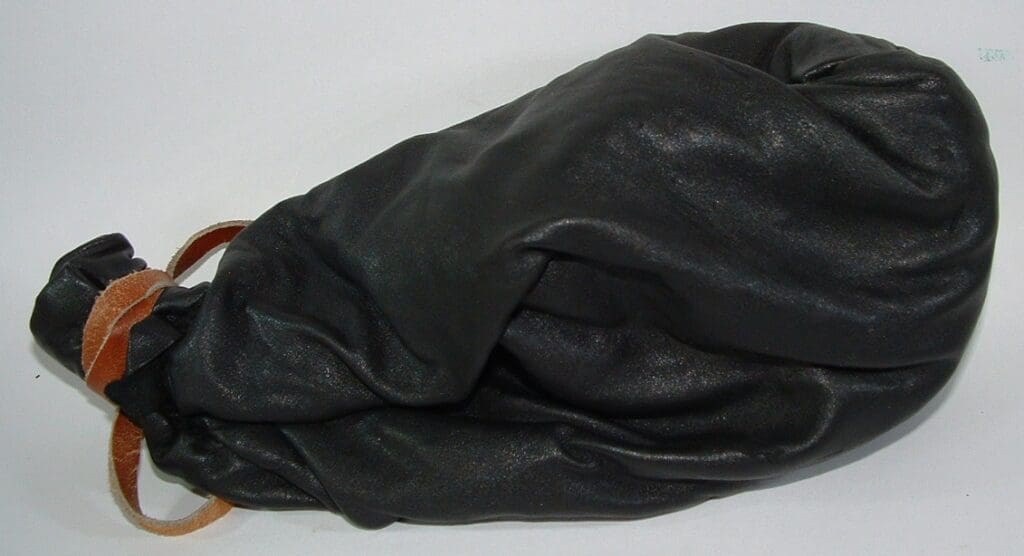
Gun Powder Bags
In the past, silk was used to hold some gunpowder. The silk was considered solid and lightweight, making sense to use the silk bags.
The silk bags would also protect the gunpowder from rubbing and exploding due to friction. The silk bags helped separate the gunpowder and lessen this risk.
Silk Tubular Bike Tires
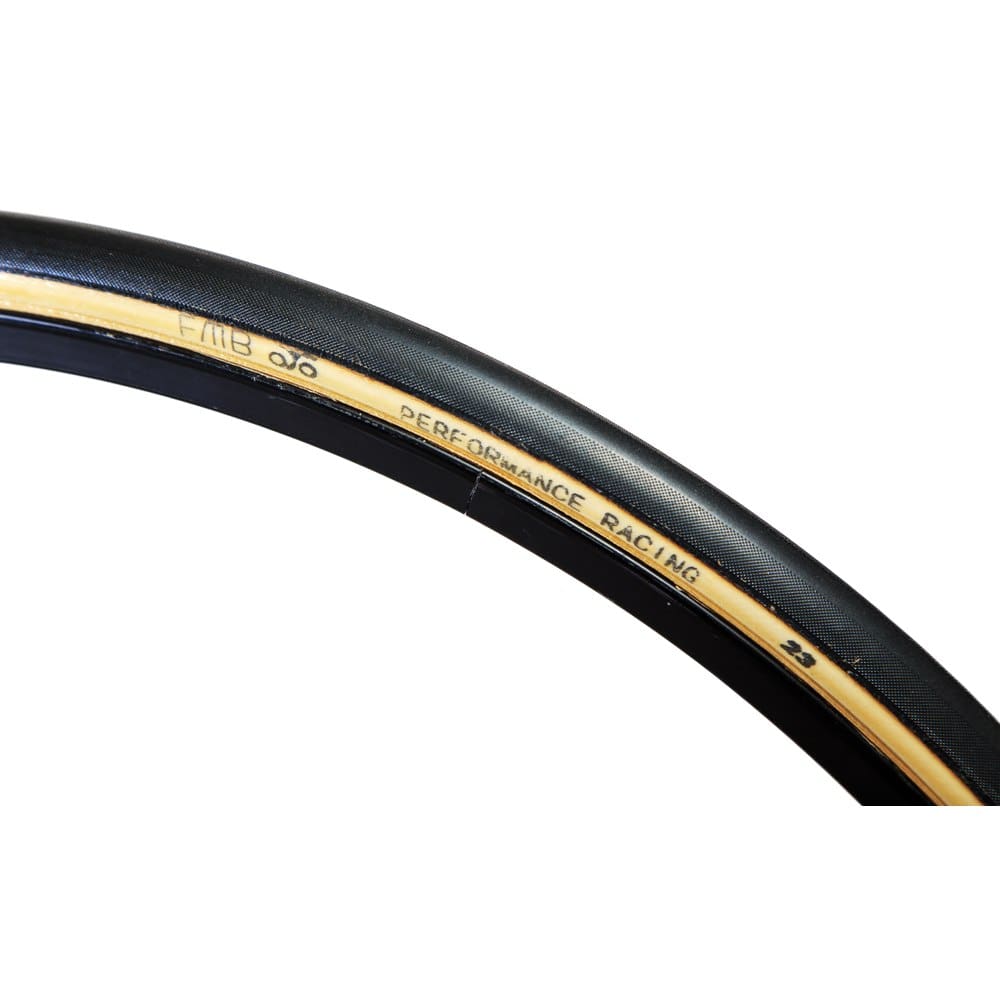
Recently, one of the more exciting uses of silk has been in the silk casing for high-end track tubular tires. Today, many riders say they prefer the silk tubular tires for their bike rides, which are a lot smoother with the silk tubular than the cotton ones.
Silk is a highly versatile material known to have many uses even today. Though silk continues to be used in the fashion and home industry, it is even used in bicycle road racing.
Silk Unveiled: The Timeless Elegance and Superiority of a Classic Fabric
Silk, a fabric steeped in history and luxury, continues to be regarded as one of the superior textiles in the world of fashion and beyond. This natural fiber, known for its luster and elegance, holds a timeless appeal that modern synthetics still struggle to match.
From its unique tactile feel to its impressive functional qualities, silk boasts characteristics that have kept it in high esteem through the ages. Here are ten reasons why silk maintains its status as a superior fabric, underscoring its enduring allure and versatility.
10 Reasons Why Silk Is a Superior Fabric:
- Natural Protein Fiber: Silk is a natural protein fiber, making it extremely gentle on the skin and hypoallergenic, a crucial feature for sensitive skin.
- Unique Luster: The natural sheen of silk, owing to its prism-like fiber structure, gives it an unparalleled elegance and luxurious appearance.
- Incredible Softness: Silk is renowned for its soft, smooth texture, providing an unrivaled tactile experience and comfort.
- Strength and Durability: Despite its delicate appearance, silk is one of the strongest natural fibers, ensuring durability and longevity in garments and products.
- Breathability: Silk’s natural breathability makes it comfortable to wear in warmer climates, as it helps regulate body temperature.
- Moisture Absorbency: Silk can absorb moisture while remaining dry to the touch, making it an ideal fabric for comfort in varying weather conditions.
- Thermal Regulation: Silk’s ability to provide warmth in cold weather and stay cool in the heat makes it a versatile fabric suitable for all seasons.
- Hypoallergenic Properties: Silk is naturally hypoallergenic and resistant to dust mites, mold, and fungus, which benefits allergy sufferers.
- Biodegradable: As a natural fiber, silk is biodegradable, making it an environmentally friendly choice compared to many synthetic fabrics.
- Elegance and Versatility: The innate elegance of silk, combined with its versatility, makes it suitable for a wide range of applications, from high-end fashion to luxurious home furnishings.
Silk’s combination of beauty, comfort, and practicality solidifies its position as a timeless and superior fabric, cherished for both its aesthetic and functional qualities.
Find out more about how Mondoro can help you create, develop, and manufacture excellent home decor and home furniture products – including silk products – don’t hesitate to contact me, Anita. Check out my email by clicking here or become a part of our community and join our newsletter by clicking here.
Mondoro gives out a FREE Lookbook to anyone interested. You can receive a copy of our latest Lookbook by clicking here.
Listen to our Podcast called Global Trade Gal. You can find it on all major podcast platforms. Try out to listen to one of our podcasts by clicking here.
Subscribe to our Mondoro Company Limited YouTube Channel filled with great videos and information by clicking here.
Frequently Asked Questions
What is silk?
Silk is a natural fiber that is produced by the silkworm. It is known for its soft, smooth texture and lustrous appearance.
What are some common silk items?
Common silk items include clothing such as dresses, blouses, and scarves, as well as bedding, pillows, and decorative cushions.
What are some benefits of silk?
Silk is hypoallergenic, moisture-wicking, and temperature-regulating, which makes it a popular choice for bedding and clothing. It is also known for its soft, smooth texture and luxurious appearance.
What are some things to do with silk fabric?
Silk fabric can be used for a variety of projects, such as clothing, home decor, and crafts. It can be sewn into dresses, blouses, and scarves, or used to create decorative pillows, curtains, and table runners.
Can silk be dyed?
Yes, silk can be dyed using natural or synthetic dyes. It is known for its ability to absorb and hold color, which makes it a popular choice for dyeing and printing.
Is silk a sustainable material?
Silk is a relatively sustainable material, as it is biodegradable and renewable. However, the production of silk can have environmental impacts, such as the use of pesticides and water resources.
What are some ways to incorporate silk into home decor?
Silk can be incorporated into home decor through the use of silk curtains, decorative pillows, and bedding. It can also be used to create table runners, lampshades, and other decorative accents.
What are some benefits of silk bedding?
Silk bedding is known for its soft, smooth texture and temperature-regulating properties. It can help regulate body temperature and prevent moisture buildup, which can lead to a more restful night’s sleep.
Related Content
Buying Guide For Outdoor Furniture Fabrics, What You Need To Know
Your choice of outdoor fabric for your outdoor furniture collection will make a difference in how long the fabric will last. There are 10 key points to consider when making your outdoor fabric selection. Proper maintenance and care will also help expand the fabric’s life cycle.
You can discover more by reading Buying Guide For Outdoor Furniture Fabrics, What You Need To Know by clicking here.
All About Hmong Batik Fabrics, What You Need to Know
Batik fabric is putting a design on a fabric by using wax. The fabric is then dyed, and the areas where the wax is put on the fabric will be left undyed, therefore leaving a pattern on the fabric. The Hmong in North Vietnam will use this technique for their traditional clothing. The Hmong batik is also an excellent fabric for many home decor products, as the Hmong use vibrant indigo dyes to make their batik fabric.
You can discover more by reading All About Hmong Batik Fabrics, What You Need to Know by clicking here.
What Fabric Is More Expensive: Silk, Polyester, Or Viscose?
When looking at silk, polyester, and viscose, silk is the most expensive fabric because of how silk is produced. Producing silk fiber is highly labor-intensive. Viscose is more expensive than polyester but is cheaper than silk. Polyester is the cheapest but is also a synthetic fiber widely used worldwide.
You can discover more by reading our blog, What Fabric Is More Expensive: Silk, Polyester, Or Viscose? by clicking here.

